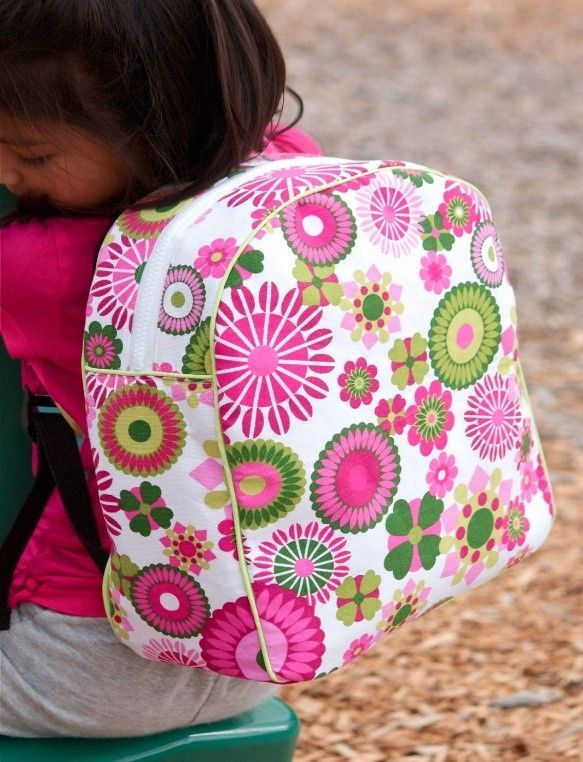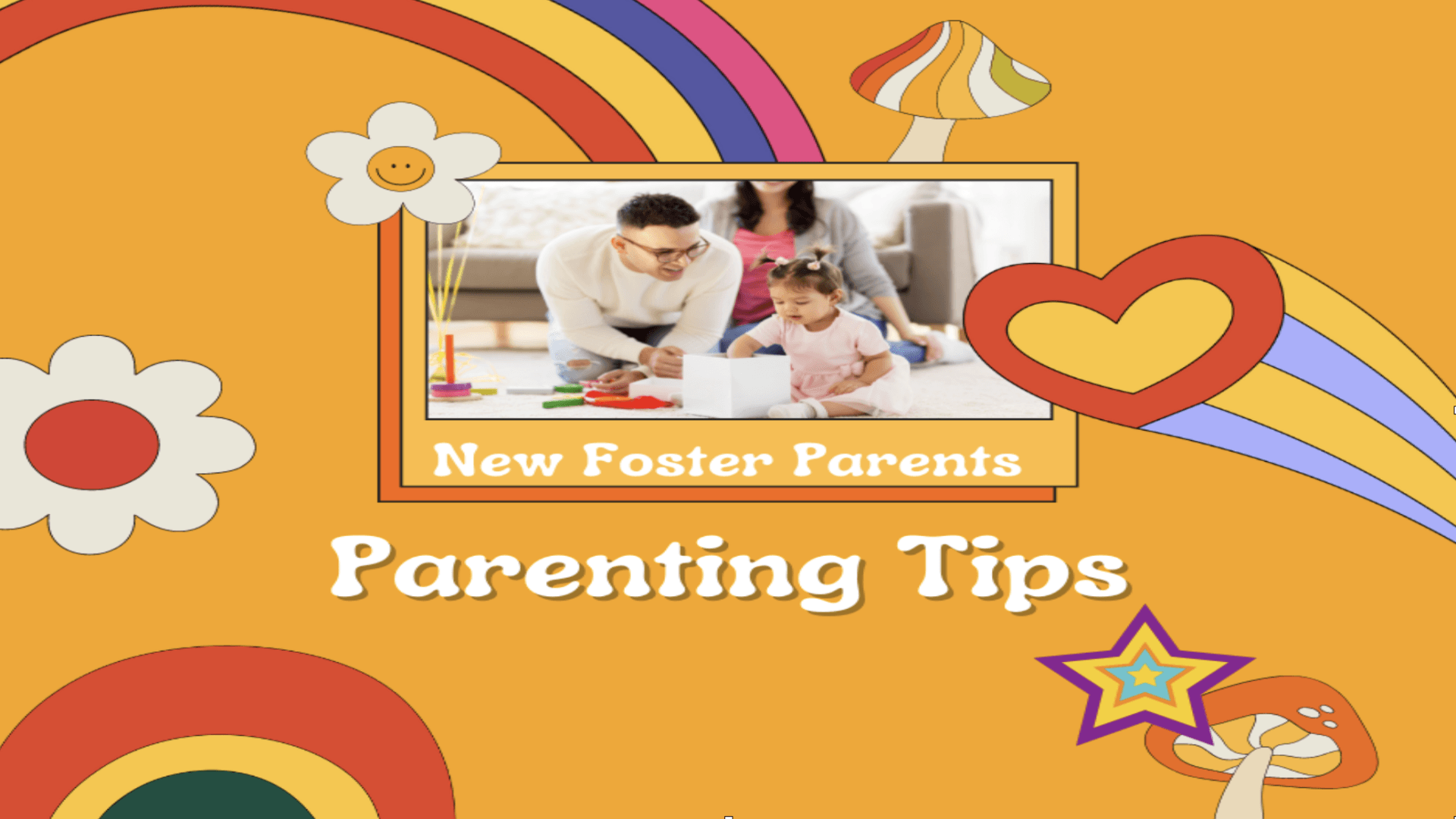How to Help Youth Aging out of Foster Care

There are over 400,000 children in foster care in the United States and each year 23,000 youth age out. Statistics show that after reaching the age of 18, 20% of foster youth will become instantly homeless, with 1 in 5 foster youth experiencing homelessness within two years of aging out. 1 in 2 foster youth who age out of the system will have some form of gainful employment by the age of 24, 70% of females will become pregnant before age 21, and only 690 will become college graduates. How is this possible with all of the supports and services available to foster youth? Well, this is true, there are supports and services set in place for foster youth, while they are in care. Post foster care, those supports and services decrease and the most significant is housing. Many states and counties do not have the resources available to aid the number of youth who exit out of foster care each year such as transitional housing programs or low income housing programs that foster youth could utilize. Many foster youth, do not have an option to return to their biological families or homes and they don’t often have extended family or friends able or willing to provide such support. Youth looking for a stable home face a myriad of challenges—establishing credit, security deposits, turning on utilities, purchasing furnishings, and securing food.
Additionally, foster youth are faced with other challenges that create barriers for their continued success. For example, if they find a job they have to manage transportation, and other work related costs while learning life lessons associated with working—lunch money, work clothes/uniforms, understanding workplace etiquette, and learning how to build meaningful relationships.
In California, Assembly Bill 12-California’s Extended Foster Care (EFC) Program, allows eligible youth in the child welfare and probation systems to remain in foster care until age 21. Youth may leave extended foster care and later choose to re-enter the program up to age 21. To remain eligible for EFC, youth must meet at least one of five participation criteria. This has been a great asset to the foster care system but more has to be done to provide affordable housing and/or accommodations to foster youth, who do not have anywhere to go post emancipation.
So as a foster parent or as a supporter of foster youth, how can you help? For starters, if you are a foster parent or would like to become one, make a decision to work with foster youth who are close to aging out or who have aged out (non-minor dependents) and provide them continued placement while they participate in the AB 12 program or the equivalent in other states. Having a stable living environment will keep the youth from becoming homeless, will allow them a better opportunity to gain employment, enroll in college or a trade, and reduce their involvement with substances, gang affiliation, and/or illegal activity. Non-minor dependents are more independent and do not need constant supervision, but rather require more guidance, more support, and more encouragement to succeed.
According to the post “Actions of Impact: How to Help Former Foster Youth Aging Out of Care” (Walden Family Services, www.waldenfamily.org, June 18, 2021), in very simple and practical ways, you can help a former foster youth transition into adulthood safely, improving their chances of achieving longtime success.
10 Ways to Support and Impact the Lives of Former Foster Youth
1. Mentor. Contact a local foster agency and volunteer to help mentor a teen. This is a great way to be a caring adult in a teen’s life.
2. Teach financial skills. Offer to teach financial literacy to teens, making sure they know how to open a bank account, manage a budget, and learn financial maturity.
3. Donate. Often, teens looking to start work lack professional or work attire. Donating clothes or gift cards to buy work clothes can help them get enter and stay in the workforce. Monetary, In-Kind, or Gift Card donations can be of great help to a foster youth for groceries, gas, food, daily living necessities.
4. Offer College/financial aid help. Many teens may not know how to file for financial aid, or even apply to college—offer to help them with deadlines, reading submission essays, and sending out applications.
5. Hire a foster teen. If you own your own business, hiring a current or former foster teen can provide great help to them financially, as well as give them the opportunity to learn marketable skills.
6. Teach food literacy. Take a youth grocery shopping with you, teaching them how to read labels, and then teach them how to cook a healthy meal.
7. Donate furniture and household goods. Contact local foster care agencies to donate items of need.
8. Donate school supplies or create a book fund. Former foster youth entering school will need books and supplies, offer to help.
9. Help with transportation. Transportation is often a big hurdle for young adults striving to work and/or go to school. Offer to help drive them or give them bus tokens.
10. Be present, be a friend. Often former foster youth need a consistent, loving adult in their lives to provide emotional support. Your presence will help them regain trust in others, as well as help them learn how to build meaningful relationships.
We know the statistics are rough to hear and face. However, imagine the life our former foster youth are facing daily. Your willingness to be present and be a support will create change for even one youth in your community and that is one life saved.




















